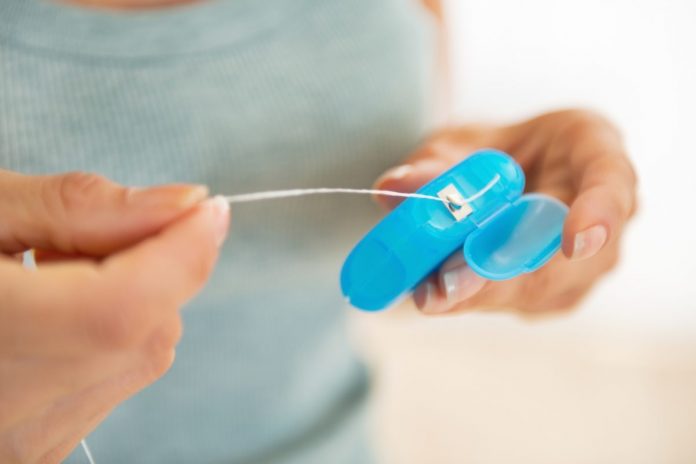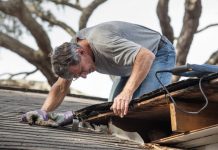It is a vital part of survival to have the correct survival instruments. Our ability to build and use certain resources is one of the key aspects that makes mankind stand out from the rest of the animal kingdom. We’ve been exploring ways of using the tools around us to do stuff that we can’t do with our bodies alone since the first caveman picked up a stick to hit his obnoxious neighbor. As time went on, these instruments grew exponentially in number, variety and complexity.
Forty-some years ago, when I started my survival, we didn’t have the wide variety of gadgets and equipment available to today’s survivalists and preppers. Rather, whether in the supermarket or the hardware store, we had to make do with what we could find. Maybe because they are more cost-effective or perform better than the newest and hottest survival devices, many of these tools are still worth using today.
1. Folding Pruning Saw
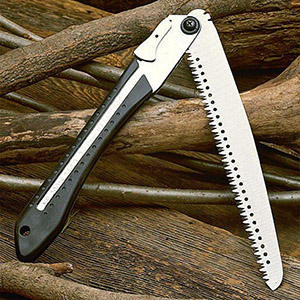

The wire saw was the only “survival saw” that we had back then. You could find a three-stranded one if you searched hard enough, which meant that if one strand broke, you could still be cut. But wire saws were never tools that were very effective. The newer chain saws are much better.
But I found a brilliant solution long before the portable chain saws came along. That’s a saw for folding pruning. It’s made for wood cutting, very compact and lightweight, and it’s safe to hold with the blade folded closed. And it will give you a much more precise cut using a folding pruning saw that you could ever hope to get out of a chain saw. That could be relevant if you’re making something and not just cutting off a branch to use as a ridge-pole.
2. Wasp Spray
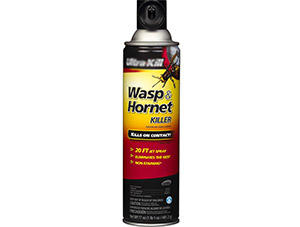

I frequently travel to Mexico, where I’m not allowed to carry a gun. So I’ve got to deal with other weapons. I carry a knife, and I’ve even got a cane sword, but both are limited to the length of my arm. I keep a can of wasp spray in my car for anything with a wider range. That will fire about 20 feet, and is just about as effective at incapacitating an attacker as pepper spray.
Related: Best Self-Defense Items To Carry During The Riots After Elections
3. Can Opener
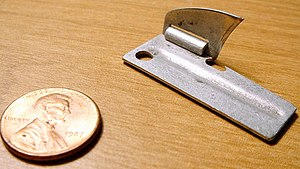

Back in the days of military C-rations, the P-38 can opener was provided by the Army. If you were going to use those C-rats, this lightweight can opener was essential. Luckily, they had a hole in them, so you could put it on the chain of your dog tag, or put it on the key ring. Since basic training 40 years ago, I’ve been carrying one there. Yes, one of the best survival tools of all time is the humble can opener. I’m not talking about the electric can opener that some people have hanging under one of their kitchen cabinets; I’m talking about the old-fashioned sort of hand crank. With all the canned food that you have stashed away in your food stockpile, you’d better make sure that you still have a few of these on hand.
4. Machete
In the United States, the machete has never earned the credit it deserves. We prefer other instruments. But if you want to use that to cut wood, clear a path and a host of other useful stuff, it’s a machete. Besides, in close quarters, it produces a fearsome weapon. A decent machete should be part of the bug-out bag for everyone.
5. Plastic Tubing
For many things, fuel is useful, not just for keeping our cars going. We’re going to need it in a post-disaster environment for lawn mowers, chain saws and other power equipment. Particularly when trying to start a fire with wet wood, it also makes a great fire starter.
With the shutdown of gas stations, few people would be able to get their hands on a lot of fuel, making it a valuable product. But there’ll probably be plenty of cars in the tanks sitting around with gas. All it takes is a lightweight piece of vinyl tubing, small enough to get into the filler neck through the “unleaded only” hole, and you can siphon the gas out of the tank.
6. Pry Bar
Speaking of scavenging, oil isn’t the only thing at the time you’re going to want to scavenge. People can break in if there are abandoned buildings around, attempting to scavenge whatever they can to survive. But you’re going to need something to use to get inside; like a large pry bar.
Let me note here that the distinction between looting and scavenging is that looting is about getting stuff you like, while scavenging is about getting stuff you need to have in order to survive. Always make sure that you just scavenge abandoned homes, since stealing from someone’s home could end up causing them to die from not having what you took.
Related: 9 Places to Scavenge After SHTF
7. Sanitary Napkins
First aid, particularly first aid for major wounds, is an important part of survival. This can mean easily soaking up a lot of blood, which is precisely what sanitary napkins have been created for. Besides being useful for their original function, they make excellent bandages.
8. 0000 Steel Wool
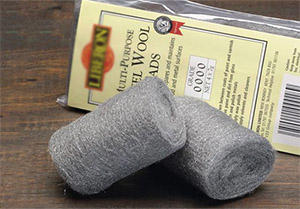

One of my favorite fire starting tricks, speaking of starting fires, involves the use of steel wool. However, not just any steel wool will work. You need the finest of fine – 0000 steel wool. This can be bought in your nearest home improvement center’s paint department, where it is used for fine finishing of varnished and lacquered wood.
Break a chunk off and expand the fibers to use the steel wool as a fire starter, making it look kind of like cobwebs. Then take it and brush it from a 9 volt battery across both poles. The spark caused by this will start the steel wool burning.
9. Duct Tape
Speaking about stuff you might find in the hardware store, make sure you have a decent supply of duct tape on hand. For a myriad of repairs, this can be used, like getting more miles out of a tire. I remember driving once when I had a trailer tire that was worn through the nylon belts (this was pre-steel belted tires). By applying layers of duct tape over the bad spot on the tire, I was able to make it 50 miles to the next town.
Related: Prepper Hardware Supplies
10. Zip Ties
The electrician’s equivalent of duct tape is Zip ties. These are often referred to as “wire ties,” designed to bundle wires together. Nonetheless, they are a perfect way to bind just about everything together that you need to. In the wild, I’ve designed lean-tos and other shelters, using nothing but zip ties to keep together the pieces. Just make sure you have a range of sizes in stock, as different sizes are useful for various items.
11. Dental Floss
Another incredibly valuable material is dental floss, which we can use for a variety of different purposes. One of the best applications of dental floss in a survival scenario is for fishing lines. But it can also be used for first aid, as well as for a variety of different locations where cordage is required. You could use dental floss as well, just as I used zip ties to make a shelter. It is rugged, and waterproof is the waxed kind. It also comes with, as part of the kit, a cutter.
For making snares, dental floss may also be useful. Most snares need some form of tripwire, and for that, dental floss works well. But it can also be used to bind the pieces together. It works best for binding small sticks together, being smaller than paracords.
12. Guitar Strings
Speaking of snares, metal guitar strings are one of the strongest materials for producing snares. At one end, they already have a tiny loop that helps you to slide the loose end through that loop and make a bigger loop. They are thin and tough, highly durable, enabling you to use them again and again.
13. Pencil Sharpener
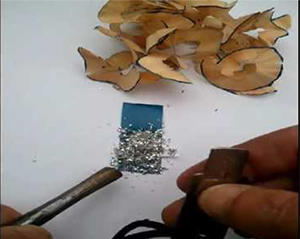

It can be difficult to find tinder for a fire occasionally. But without tinder, you will be left cold by several fire starting methods. In rainy weather, this issue is much worse, as many of the items we would usually use as tinder would also be wet. This problem can be solved by a simple pencil sharpener, enabling you to remove shavings from sticks.



